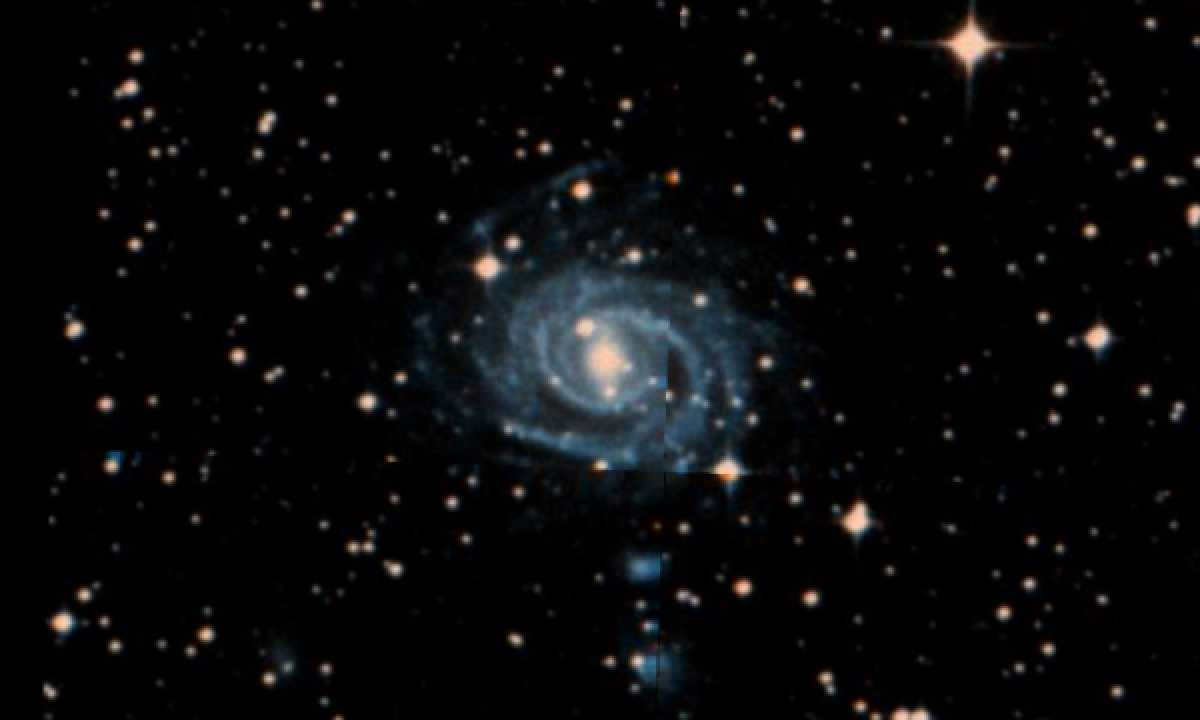The New General Catalogue of Nebulae and Clusters of Stars (abbreviated as NGC) is a catalogue of deep-sky objects compiled by John Louis Emil Dreyer in 1888. The NGC contains 7,840 objects, known as the NGC objects. It is one of the largest comprehensive catalogues, as it includes all types of deep space objects, including galaxies, star clusters, emission nebulae and absorption nebulae.
Know more about NGC
NGC 3261

NGC 3261 is a barred spiral galaxy in the constellation Vela. The galaxy lies about 110 million light years away from Earth based on redshift, which means, given its apparent dimensions, that NGC 3261 is approximately 130,000 light years across. It was discovered by John Herschel on March 15, 1836. NGC 3261 has a low surface brightness bar with a bright nucleus. At the end of the bar there is a nearly complete inner pseudoring formed by the spiral arm. From the ring emanate two diffuse spiral arms that can be traced for more than half a revolution. The east arm is better defined than the west arm but at around two thirds of its length becomes diffuse. The spiral pattern is between a grand design galaxy and a multiple arms pattern, with at least ten spiral fragments visible. NGC 3261 is the main member of the NGC 3261 Group (also known as LGG 198), which according to Garcia, also includes NGC 3256 and NGC 3256C. Four companion galaxies are visible south of NGC 3261, the two of them lying close to it. NGC 3261 lies about 9 degrees south of the Antlia Cluster, which lies at a similar redshift.
More Images:

Sources:
Wikipedia Page: NGC 3261
NGC 3261 at In-The-Sky website
